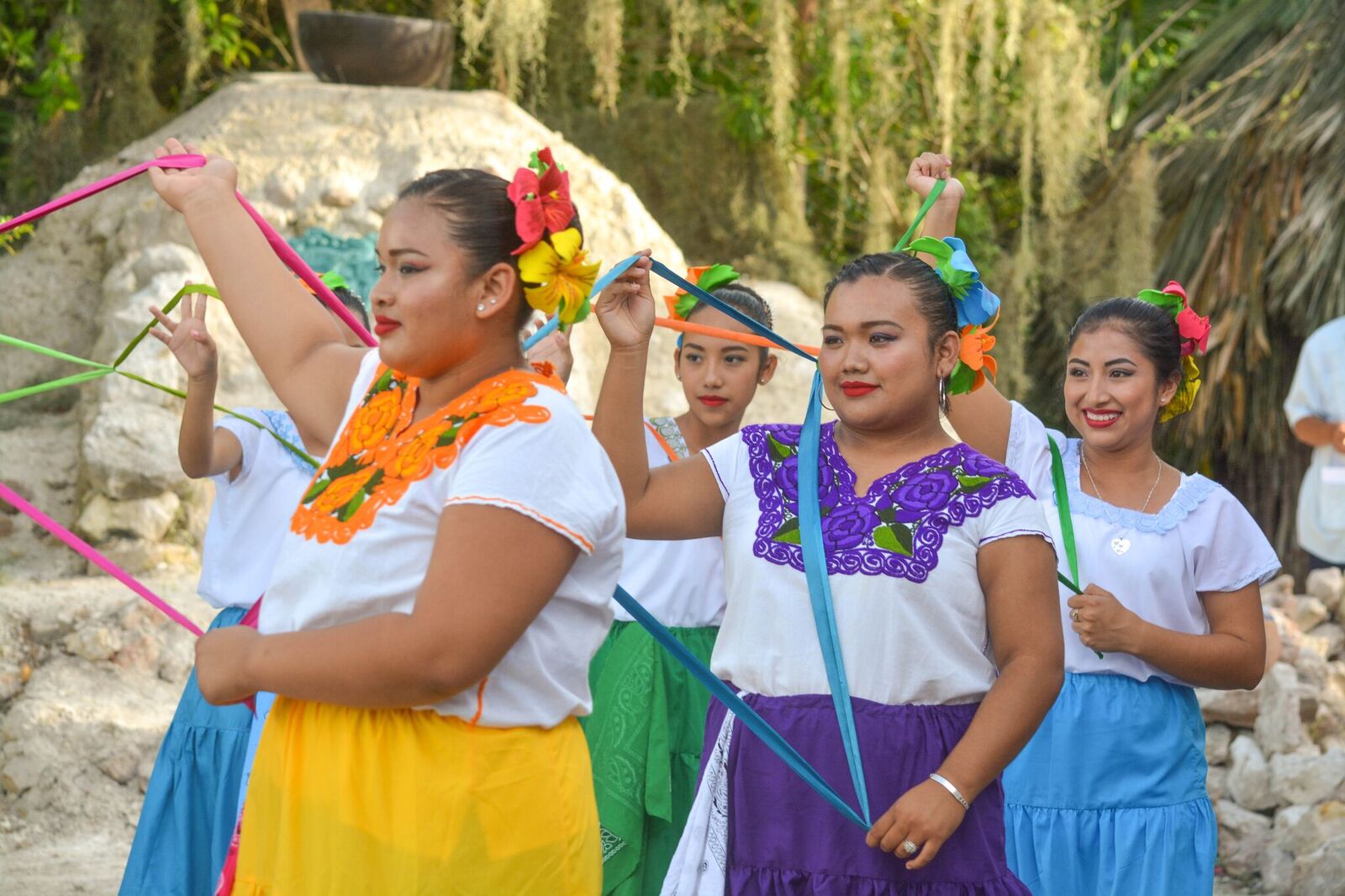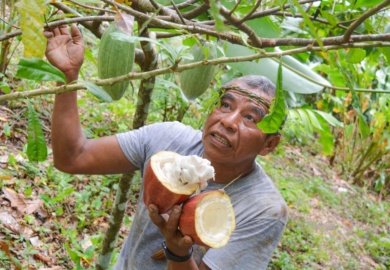By Giovanni Pinelo, Sr.
When Spanish soldier Gonzalo Guerrero married Princess Zazil Ha, daughter of Maya Lord Na Chan Kan of Chactemal—present-day Santa Rita archaeological site in Corozal, northern Belize—their three children gave birth to the first Mestizo population. In subsequent years, northern and western Belize welcomed migrants who sought refuge during Yucatán’s Caste War (1847-1901), the Mexican Revolution (1910-1920), and the social upheaval in Petén, Guatemala (1880-1920) respectively.
According to the last official census in 2010, over 50 percent of Belize’s population are Mestizo. Estimates have also revealed Spanish as the first language of at least 56 percent of Belizeans.
Mestizo communities
Due to the various migration waves, Corozal Town and surrounding villages like San Joaquin, Patchakan, Xaibe, San Narciso, and Progresso, among others, emerged. In Orange Walk District, the rural communities of San Estevan, Yo Creek, San Antonio, and San José Palmar, were created. In western Belize, Benque Viejo del Carmen, San Ignacio, and Santa Elena, along with San José Succotz, San Antonio, and Santa Familia, were established.
The second large wave of Mestizo refugees arrived in Belize in the 1970s and 1980s, during the civil wars that plagued Guatemala, El Salvador, Nicaragua, and Honduras. That’s when Valley of Peace, Las Flores, Salvapan, Armenia, and El Progreso communities were born in western Belize.
Festivities and rituals
In spite of their quiet and serious nature, the hardworking and industrious Mestizo are jovial on festive occasions. Driving through a Mestizo community, you’re likely to witness a social or religious festivity, when families reconnect, and share values passed on through generations. Spanish Christian influences are evident with mañanitas or morning birthday serenades, quinceaños—celebrating a young lady’s coming of age at 15—and novenas.
By the same token, Maya indigenous heritage is retained through practices like primicias, or offerings of gratitude to Maya deities for first crops, and Hetz-mek, a traditional Maya baby ceremony similar to a christening.
The annual Juan Carnaval festivity ushering in the Christian Lenten season is losing ground, but it’s still practiced in Caledonia in Corozal, San Estevan in Orange Walk, and San Pedro. Semana Santa in Benque Viejo del Carmen features a series of processions culminating on Good Friday with sawdust carpet creations, the live re-enactment of Christ’s Passion and Crucifixion, and an evening street procession. In July, Benque’s alboradas or early morning prayers lead up to patron saint festivities, ending with the popular Benque Fiesta town fair, featuring fireworks and marimba music.
In December, Yo Creek, San José Palmar, Orange Walk, San Ignacio, San José Succotz, and Benque Viejo communities join in the traditional posadas, a house–to–house re-enactment of Joseph and Mary’s journey to Bethlehem, from mid-month to Christmas Eve.
On these special occasions, Mestizos wear their colorful attire. Women display their best huipil—flamboyant and delicately embroidered, off-the–shoulder blouses with long skirts. Men typically don on all-white suits, particularly a guayabera and cotton trousers, and to top it off, a sombrero or straw hat, and a pañuelo or handkerchief.
Music and food
Mestizo music and dance are the crux of celebrations. Orange Walk and Corozal are especially known for mariachi music, and zapateado and jarabe tapatío dances. In the Cayo area, Maya sones and bolero rhythms sound off from the marimba.
Community gatherings are great opportunities to sample Maya-Mestizo cuisine—relleno, chilmole, escabeche, or the Maya-styled tamales or bollos cooked on the fire hearth, and pibil, traditionally cooked underground. “Fast foods” include tacos, ceviche, salpicón, and pupusas; Central American settlers introduced the latter. Wash it all down with a refreshing glass of horchata, choco-sakan, or atol—milk and corn-based drinks.
The Mestizo Experience
To appreciate the Mestizo experience, get a taste pibil, bollos, and atoles. Venture into our villages to witness zapateados and sones, our traditional dances, and immerse in the festivities that have enriched Belize’s roots for over two centuries.


